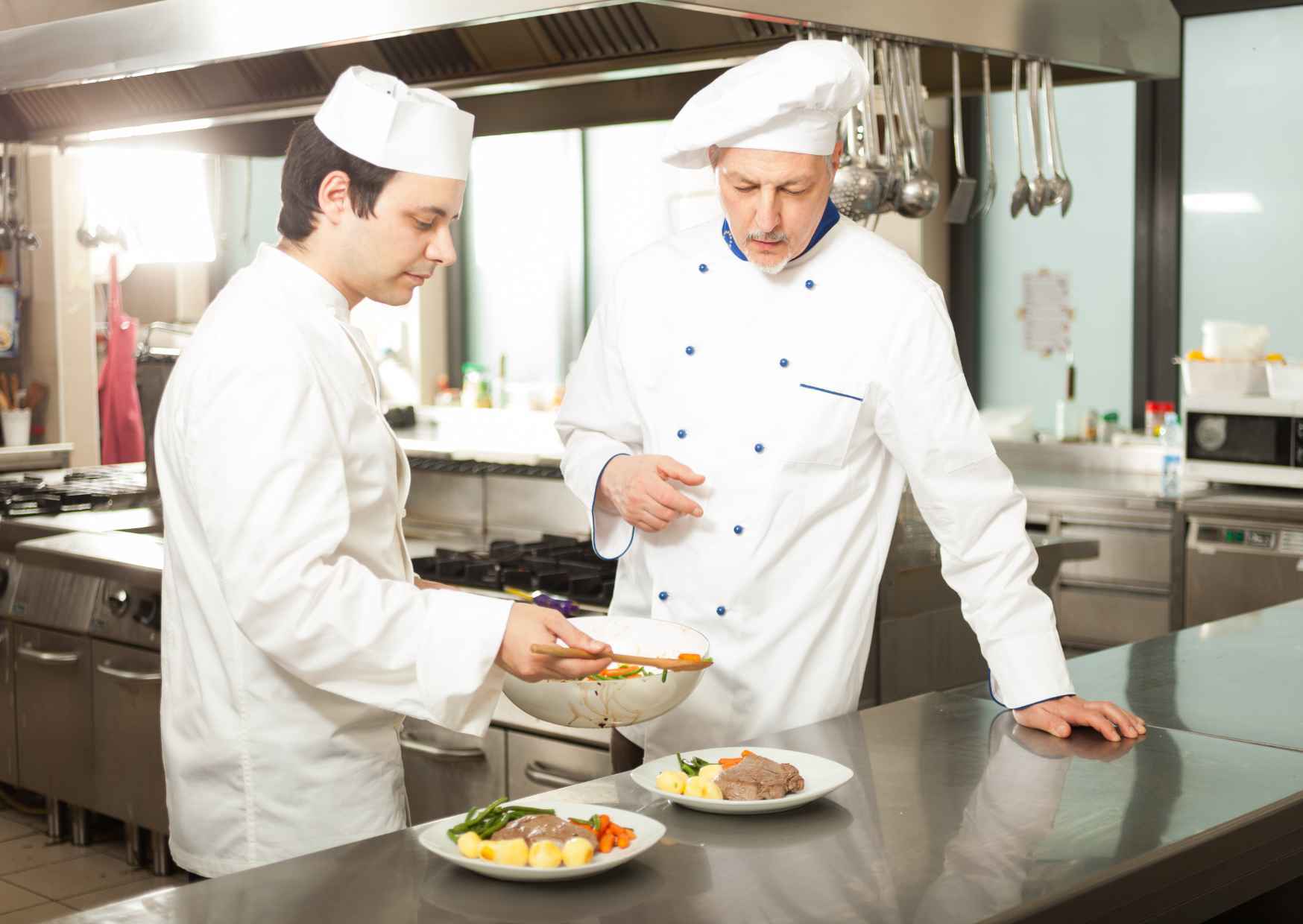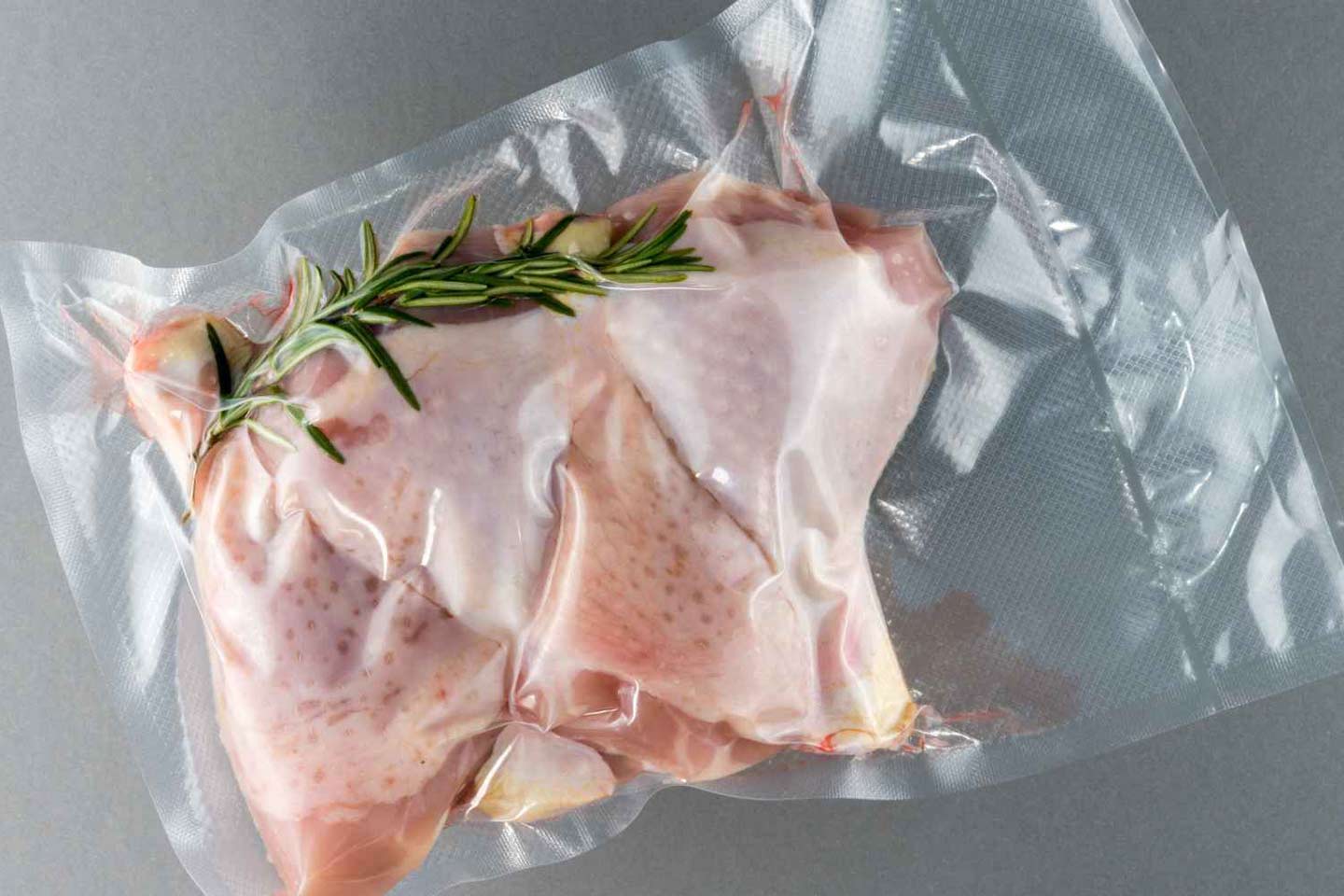Even before the ominous COVID-19 started to make headlines around the world, online food delivery was reaping the benefits of more widespread digitalization and a greater abundance of delivery apps. The general trend towards e-commerce, increased urban living and changing social behaviors had all been feeding into this growing sector.
Increased food delivery demand thanks to COVID-19
Now, with many governments prohibiting food and beverage outlets from opening their doors to dine-in guests, the food delivery business is gaining momentum. With the two possible caveats of consumers being eager to avoid unnecessary expenses during this period of economic uncertainty and a potential lack of transparency on how food is prepared (notably a lack of hygiene oversight in the case of third-party delivery platforms), ordering food online seems to have become a tiny window into the joys of food we had become so accustomed to before lockdown.
Indeed, the reasons to opt for online food delivery services are plentiful, whether it be simply ordering groceries online to avoid the human interaction inherent in going to the supermarket or corner shop, or having your favorite dish served up on your doorstep.
As for the latter, the motivation to place that order may lie in a lack of cooking skills or lack of time – we all know working from home can prove inefficient at the best of times, never mind when you have toddlers running around your kitchen table (forgive me, “desk”). It may be a case of seeking to emulate the lifestyle we once prided ourselves on, hunger for variety or an appreciation for professionally prepared food. We may be purchasing meals online out of solidarity for our local economy or simply accepting that we ourselves are not in a position to cook, due to a disability, old age or frailty, combined with the absence of sons and daughters popping in to help.
F&B outlets under pressure
From the restauranteurs’ perspective, smaller, family-owned businesses, for instance, may now need to take their first steps into the online delivery world, having previously offered take-aways for curb-side pickup. Those businesses that already had an online delivery presence may be looking to step up their game, turning to mainstream ordering apps or showcasing their offerings on social media. Beyond transitioning from dine-in to dine-out, in what seems to be a rather Darwinian “adapt or die” scenario, F&B outlets are being forced to rethink their approach.
Necessity is the mother of invention
The following examples demonstrate how the current public health crisis has stimulated creativity among those involved in food delivery, triggering change:
1. Introducing contactless delivery
Uber Eats, DoorDash, Foodora and SkipTheDishes are just a few delivery service providers now offering contactless delivery, which sees food left by customers’ doors and payments made electronically. This approach has also been championed by grocery delivery companies of the likes of Instacart.
2. Selling gift cards
Looking to bridge the financial gap between lockdown and renewed dine-in operations, many restaurants, coffee shops and bars are offering customers the chance to purchase gift cards in advance of their next visit – often with an in-built loyalty discount or complimentary drink.
3. Adapting product offering
Rather than have perfectly good premises go to waste, some restaurants are repurposing their kitchens and dining space, adapting their product offerings. Transitioning from service to product provision, for example, saw Theodore’s, a family-run snack bar in Melbourne, Australia, become Ted’s Grocer, selling bread, coffee, deli goods and take-home meals.
4. Adjusting supply chain and delivery model
US online grocery and meal plan delivery service Hungryroot has made some adjustments in its supply chain and delivery model to meet current demand. The changes have made it possible for the company to offer same-day delivery.
5. Redirecting food supply
Taking this one step further, London-based healthy meal delivery company and deli chain Detox Kitchen has partnered with its supplier 2Serve to turn food that would otherwise have been supplied to restaurants into food boxes for domestic consumers.
6. Capitalizing on relaxed licensing regulations
In light of the current situation, Australia has relaxed its licensing restrictions, enabling bars to deliver alcohol to homes. Dulcie’s bar in Sydney is making the most of this opportunity by offering hand-made home-delivery cocktails and platters, an arsenal of “survival kits” and the options to hire glassware and access the bar’s usual playlist.
7. Redefining monetization strategy
In these trying times for restaurants’ finances, Foodetective, a food delivery platform headquartered in Switzerland, has remodeled its monetization strategy, doing away with commission fees in favor of a monthly subscription fee. While some food delivery apps have been waiving commission out of solidarity in recent weeks, perhaps this might be a more long-sighted option for the industry at large?
Who knows, perhaps these ad hoc solutions will prove fruitful beyond the COVID-19 pandemic…? It seems there is no lack of impetus in our cherished F&B industry. Fingers crossed we’ll be dining in again soon.





